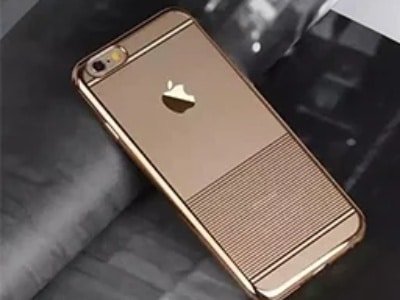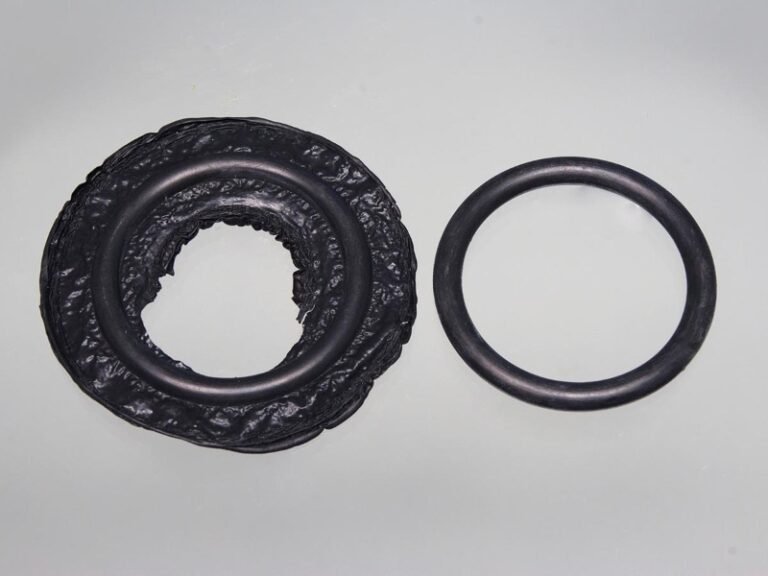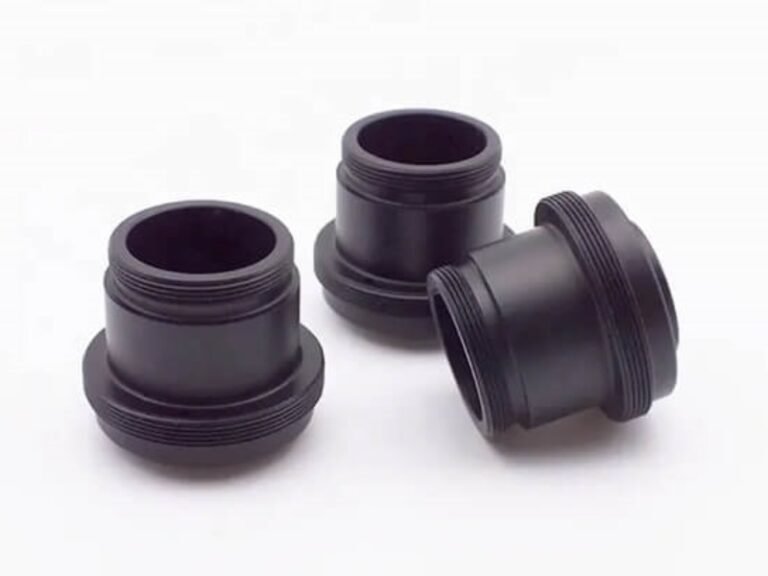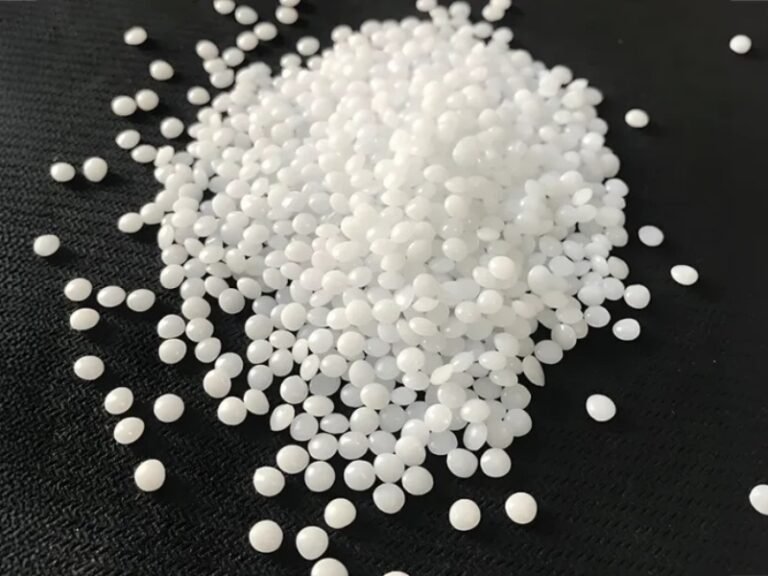Metal surface treatment is to form a layer with one or more special properties on the surface of the material through physical or chemical methods. Surface treatment can improve product appearance, texture, function and other aspects of performance. learn more about surface finish standards.
Importance of Surface Finishes of Metal
- Enhanced Corrosion Resistance: Protects metal components from rust and environmental damage, extending their service life.
- Improved Wear Resistance: Reduces friction and abrasion, ensuring durability under repeated use.
- Better Appearance & Texture: Creates a visually appealing surface that enhances product quality and perception.
- Optimized Functional Performance: Supports mechanical, electrical, or thermal properties as required for the application.
- Easier Handling & Assembly: Smooth or treated surfaces reduce friction and simplify manufacturing and installation.
- Increased Reliability & Longevity: Surface finishes contribute to consistent performance and longer-lasting products.
Types of Metal Surface Treatment
1. Anodizing
Anodizing uses an electrochemical process to create a thin, hard layer of aluminum oxide on the surface of aluminum and its alloys. The oxide layer is part of the metal, not just a coating, which improves wear resistance and surface hardness. Process parameters like voltage, current, and electrolyte composition influence the layer’s thickness and uniformity.
Process Flow:
- Single color, gradient color: Polishing / sandblasting / wire drawing → degreasing → anodizing → neutralization → dyeing → sealing → drying
- Two colors:①Polishing/sandblasting/wire drawing→degreasing→masking→anodic oxidation 1→anodic oxidation 2→sealing→drying ②Polishing/sand blasting/wire drawing → degreasing → anodizing 1 → laser carving → anodizing 2 → sealing → drying
Advantage and Disadvantage:
This surface layer enhances corrosion resistance, insulation, and visual appeal. It is commonly used in aerospace parts, automotive components, and electronic housings. While very effective for aluminum, it requires careful handling and precise control to maintain uniformity and avoid damage.
2. Electrophoresis
Electrophoresis uses an electric field to deposit charged paint or coating particles uniformly onto metal surfaces. The process ensures complete coverage, even on complex shapes, and the coating is then cured to form a durable layer. Control of voltage, bath composition, and time is crucial for film thickness and adhesion.
Process flow:
Pretreatment → electrophoresis → drying
Advantageand Disadvantages:
This method provides excellent corrosion protection and uniform finish, making it widely used in automotive bodies, appliances, and industrial machinery. Its main limitation is the requirement for precise pre-treatment and curing conditions to ensure consistent results.
3. Micro Arc Oxidation
The process of applying a high voltage in an electrolyte solution (usually a weak alkaline solution) to generate a ceramicized surface film. This process is the result of the synergistic effect of physical discharge and electrochemical oxidation.
Process Flow:
Pre-treatment → hot water washing → MAO → drying
Advantage and Disadvantages:
MAO coatings provide superior wear and corrosion resistance, suitable for aerospace, automotive, and high-performance industrial components. However, the process is limited to certain light metals and requires specialized equipment and careful parameter control.
4. PVD Vacuum Plating
Physical Vapor Deposition (PVD) deposits thin metal or alloy films onto a substrate in a vacuum environment. The coating forms a strong, uniform layer with controlled thickness and high adhesion. Process parameters like temperature, deposition rate, and vacuum level determine the final film quality.
Process Flow:
Cleaning before PVD → vacuuming in the furnace → cleaning target and ion cleaning → coating → coating finished, cooling out of the furnace → post-processing (polishing, AFP)
Advantage and Disadvantages:
PVD coatings improve wear resistance, corrosion protection, and surface aesthetics. They are commonly applied to cutting tools, decorative hardware, and electronic components. Limitations include equipment cost and the need for clean, controlled environments.
5. Electroplating
It is a technology that uses electrolysis to attach a metal film to the surface of the metal to prevent corrosion, improve wear resistance, electrical conductivity, reflectivity, and enhance aesthetics.
Process flow:
Pretreatment→Cyanide-free alkali copper→Cyanide-free copper-nickel alloy tin→Chrome plating
Advantage and Disadvantages:
Electroplated surfaces enhance corrosion resistance, conductivity, and appearance. Applications range from jewelry and automotive parts to electronic connectors. Careful control is needed to avoid uneven plating or internal stress that may cause peeling.
6. Powder Coating
Powder coating equipment (electrostatic spraying machine) is used to spray powder coating on the surface of the workpiece. Under the action of static electricity, the powder will be uniformly absorbed on the surface of the workpiece to form a powder coating; the powder coating flows through high temperature baking. It is cured evenly and becomes the final coating with different effects (different types of powder coating effects).
Process flow:
Upper part → electrostatic dust removal → spraying → low temperature leveling → baking
Advantage and Disadvantages:
Powder coatings provide excellent corrosion resistance, color variety, and environmental friendliness. Commonly used on appliances, automotive parts, and outdoor furniture. Limitations include curing temperature requirements and difficulty in coating intricate recesses.
7. Laser Engraving / Carving
Laser engraving uses focused laser beams to ablate or mark the metal surface, creating precise patterns, text, or textures. The depth and appearance are controlled by laser power, speed, and focus.
Advantage and Disadvantages:
It offers high precision and repeatability without physical contact, suitable for branding, serial numbers, or decorative designs on metals. The main limitation is that it does not provide protective properties by itself and may require additional finishing.
8. Sandblasting
It is a process that uses compressed air as the power to form a high-speed jet beam to spray the spray material on the surface of the workpiece to be treated at a high speed, so that the appearance or shape of the outer surface of the workpiece surface is changed, and a certain degree of cleanliness and different roughness are obtained.
Advantage and Disadvantages:
The technique improves coating adhesion and surface uniformity and is widely used for preparing surfaces before painting, coating, or powder coating. Overly aggressive blasting can damage thin or delicate parts.
9. Polishing
Use flexible polishing tools and abrasive particles or other polishing media to modify the surface of the workpiece. For different polishing processes: rough polishing (basic polishing process), medium polishing (finishing process) and fine polishing (coating process), choosing a suitable polishing wheel can achieve the best polishing effect and improve polishing efficiency.
Advantage and Disadvantages:
Polishing improves aesthetic appeal, reduces surface roughness, and can enhance corrosion resistance when followed by protective coatings. It is widely used in automotive parts, decorative hardware, jewelry, and medical instruments. The main limitation is that it does not provide a protective layer on its own and requires subsequent treatments for long-term durability.
10. Chemical Etching
Generally referred to as etching is also called photochemical etching, which refers to the removal of the protective film of the area to be etched after exposure, plate making and development, and contact with chemical solutions during etching to achieve the effect of dissolving and corroding, forming unevenness or hollowing out.
Exposure method:
The project opens up the size of the material according to the graphic-material preparation-material cleaning-drying → film or coating → drying → exposure → development → drying-etching → stripping → OK
Screen printing method:
Cutting → cleaning the plate (stainless steel and other metal materials) → screen printing → etching → stripping → OK
Advantage and Disadvantages:
This method achieves high-detail, repeatable patterns on metals, often used in electronics, nameplates, and decorative panels. Limitations include slower processing speed and the need for proper waste disposal of chemicals.
How To Choose The Right Metal Surface Finishing?
Selecting the right surface finishing starts with understanding the metal type, the intended environment, and the functional requirements of the part. Factors such as corrosion resistance, wear performance, electrical or thermal properties, visual appearance, and surface roughness all influence the choice, as roughness affects friction, coating adhesion, sealing, and overall performance.
Next, evaluate production constraints and compatibility with downstream processes. Some finishes require precise temperature control or are limited to specific alloys, while achieving lower roughness may increase processing cost. By balancing performance, durability, aesthetics, surface quality, and cost, you can select a finishing method that ensures both high-quality results and long-term reliability.



